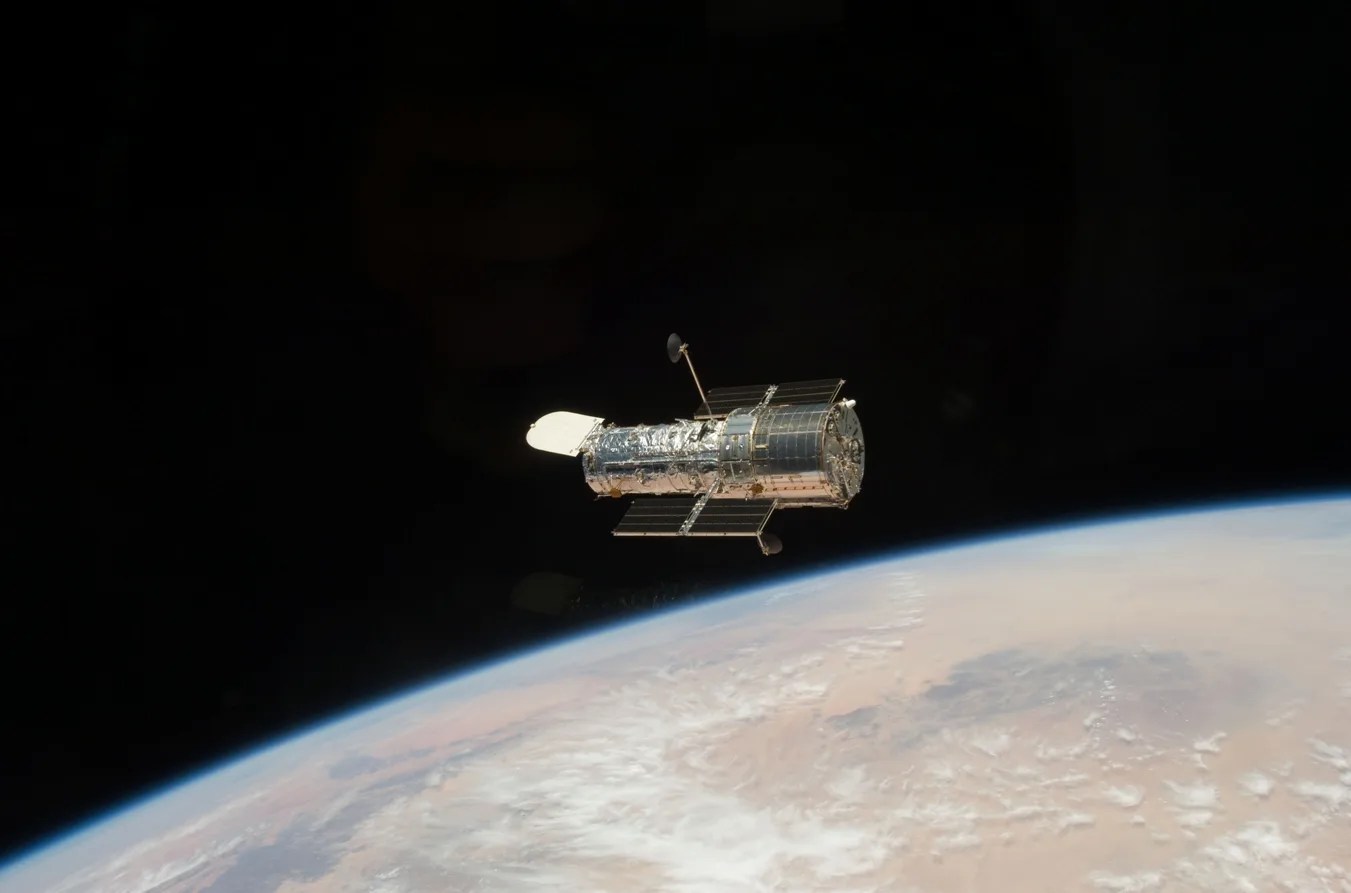1 min read

Thousands of sparkling young stars are nestled within the giant nebula NGC 3603, one of the most massive young star clusters in the Milky Way Galaxy.
NGC 3603, a prominent star-forming region in the Carina spiral arm of the Milky Way about 20,000 light-years away, reveals stages in the life cycle of stars.
Powerful ultraviolet radiation and fast winds from the bluest and hottest stars have blown a big bubble around the cluster. Moving into the surrounding nebula, this torrent of radiation sculpted the tall, dark stalks of dense gas, which are embedded in the walls of the nebula. These gaseous monoliths are a few light-years tall and point to the central cluster. The stalks may be incubators for new stars.
On a smaller scale, a cluster of dark clouds called "Bok" globules resides at the top, right corner. These clouds are composed of dense dust and gas and are about 10 to 50 times more massive than the sun. Resembling an insect's cocoon, a Bok globule may be undergoing a gravitational collapse on its way to forming new stars.
The nebula was first discovered by Sir John Herschel in 1834.







